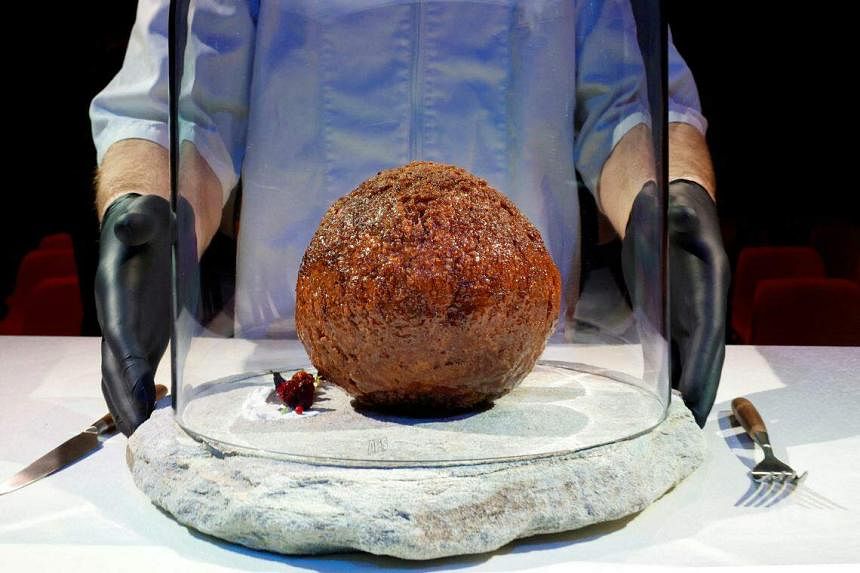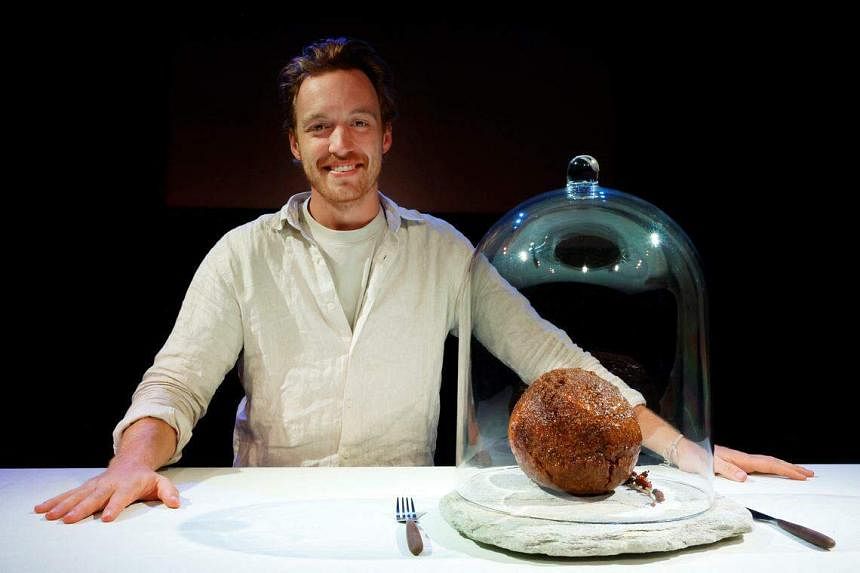SINGAPORE – The company behind a giant meatball made from flesh cultivated using the DNA of the extinct woolly mammoth is planning to launch cultivated quail meat in Singapore.
Mr Tim Noakesmith, the founder of Australian alternative protein start-up Vow, told The Straits Times that the company has experimented with a series of exotic and unusual laboratory-cultured meats – alpaca, kangaroo, peacock, crocodile, and even those that are a hybrid of different species.
The rationale for doing so, he said, is to reinvent the flavour wheel consumers are used to – and create something “so good, it makes the old thing seem absurd”.
“Humans have been experts at eating chicken, beef and pork for a really long time. We know exactly what they taste like. So to get people to change their tastes and preferences, we’re going to have to make something that’s even more delicious and nutritious,” he said.
For its first product launch, which is a cultivated quail meat product, the company has set its sights on Singapore and is targeting its launch in the second half of 2023 through its consumer food brand, Forge.
Mr Noakesmith, 28, said Vow is now in the late stages of working with the Singapore Food Agency (SFA) to have the product approved for sale and consumption locally. SFA declined to respond to queries from The Straits Times.
While he declined to reveal more details about the launch, Mr Noakesmith said the product would be made from quail mince, which has a “bold umami flavour”.
He added that the company has conducted a tasting of quail dumplings in the US state of Texas which was “well received”, but the launch in Singapore will be unique to the local market.
To demonstrate that it has the capabilities to culture many cells that will be required to produce just a few kilograms of meat, the company embarked on its experiment to create a giant meatball made from the 4,000-year-old protein of the woolly mammoth – an endeavour which required the cultivation of more than 40 billion cells.
Mr Noakesmith said that when the cultivated quail meat is eventually commercialised, trillions of quail cells will be needed.
The giant meatball was revealed last Tuesday at the Nemo Science museum in the Netherlands.
The choice of the woolly mammoth as the species whose cells would be used to create the meatball was an ode to the impact of climate change – which rendered the creature extinct more than 4,000 years ago, as much of its habitat was most likely lost when the earth’s climate warmed in the aftermath of the last Ice Age.

In 2015, Swedish scientists published the full DNA sequence of the woolly mammoth, and scientists around the world have since attempted to resurrect the species through genetic engineering.
However, the DNA sequence obtained by the scientists at Vow had a few missing gaps, so it was supplemented with DNA from the African elephant – which is a “close relative” of the woolly mammoth, said Mr Noakesmith.
To make the meatball, the woolly mammoth DNA sequence was inserted into sheep cells to produce a protein known as myoglobin, which gives meat its aroma, colour and taste.
“Not only did we train the cell to produce woolly mammoth myoglobin, but we also managed to convince the cell to produce it at 100 times the rate it normally would,” he added.
While most types of cultivated meat are often produced in a solution that contains foetal bovine serum – made from the blood of dead calves – Vow uses an animal-free alternative and has simplified the formula of its cell-culture medium to keep costs low.
“Launching the cultivated woolly mammoth meatball therefore represents a kind of hope that science could bring, in being able to bring back some form of this animal that has gone extinct, while promoting a new form of sustainable consumption – through tasty, cultivated, slaughter-free meat,” Mr Noakesmith added.


